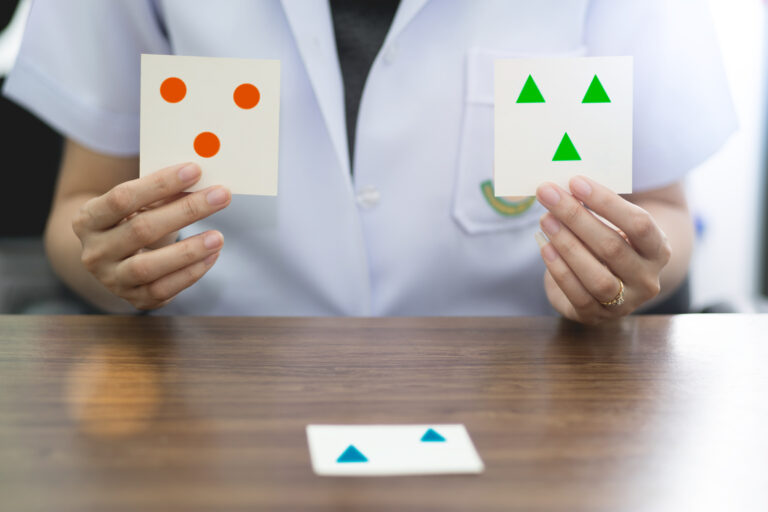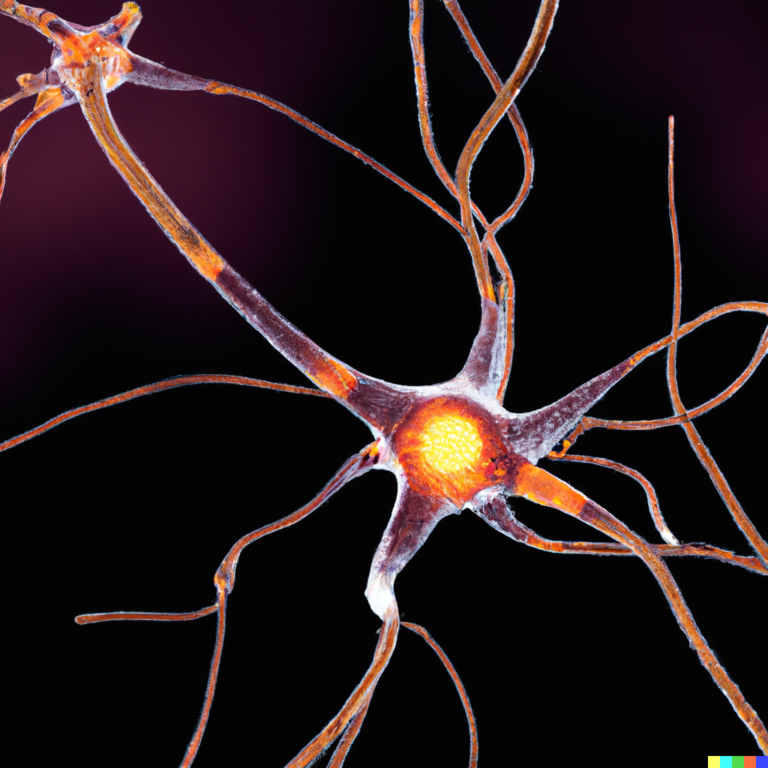Building emotional agility means learning to handle your feelings in a flexible, mindful way that helps you move through life’s ups and downs without getting stuck or overwhelmed. It’s not about ignoring or pushing away emotions, but rather about understanding them clearly and responding thoughtfully.
First, start by noticing your emotions as they come up. Instead of judging yourself for feeling sad, angry, or anxious, simply recognize these feelings as natural parts of being human. This non-judgmental awareness helps you see emotions without getting caught up in them.
Next, accept your emotions fully instead of trying to suppress or fight them. When you allow yourself to feel whatever is present—whether it’s discomfort or joy—you create space for those feelings to pass naturally rather than intensify.
Then practice stepping back from your emotions enough to observe them objectively. Imagine watching your feelings like clouds passing across the sky; this distance lets you understand what’s happening inside without reacting impulsively.
Finally, choose how you act based on what truly matters to you—your values—not just on immediate emotional impulses. For example, if frustration arises during a conversation at work, instead of snapping back right away, take a breath and respond in a way that aligns with respect and professionalism.
Building emotional agility also involves being open and honest with yourself about what you’re feeling—even when it feels uncomfortable. Showing vulnerability isn’t weakness; it takes courage and actually strengthens resilience by deepening self-awareness and connection with others.
Over time, practicing these steps makes handling stress easier because you become more adaptable emotionally. You learn that difficult feelings don’t have to control your actions—they can inform wiser choices instead.
In everyday life:
– Notice when strong emotions arise.
– Label those emotions quietly in your mind.
– Accept their presence without resistance.
– Step back mentally before reacting.
– Act according to long-term goals and values rather than short-term urges.
This approach turns emotional challenges into opportunities for growth rather than obstacles. Emotional agility becomes a quiet superpower that supports meaningful action even amid uncertainty or pressure.
By cultivating this skill patiently day by day—through mindfulness exercises like journaling or meditation—you build inner strength rooted not in denial but in honest engagement with all parts of yourself. That strength then ripples outward into better relationships at home and work because others sense the calm clarity behind your responses.
Emotional agility is less about controlling every feeling perfectly and more about dancing gracefully through life’s changing moods with curiosity and kindness toward yourself along the way.





